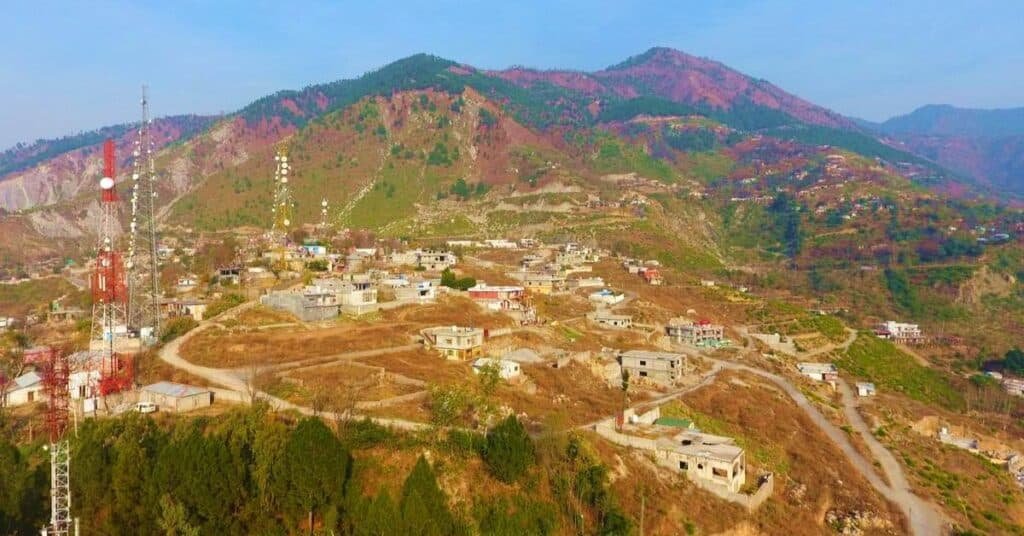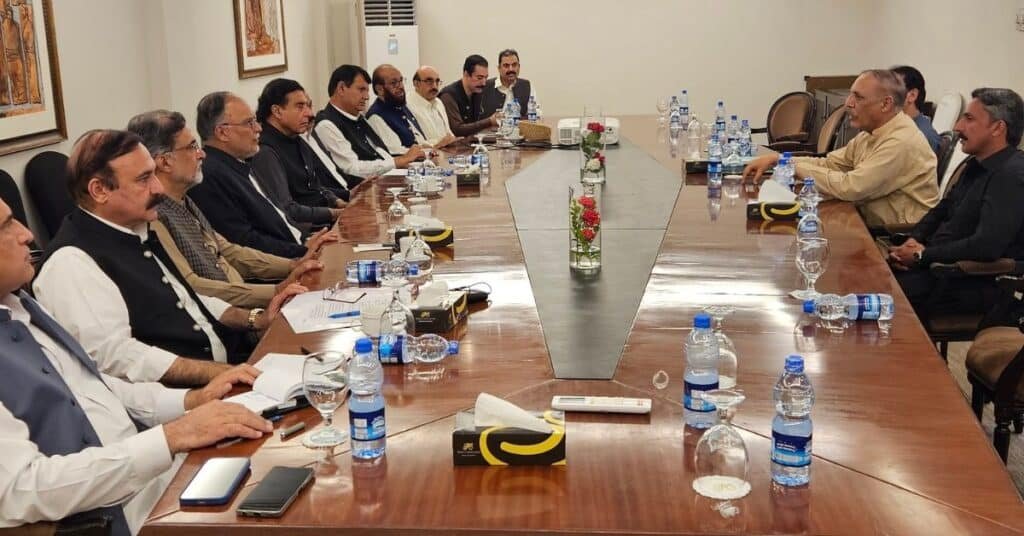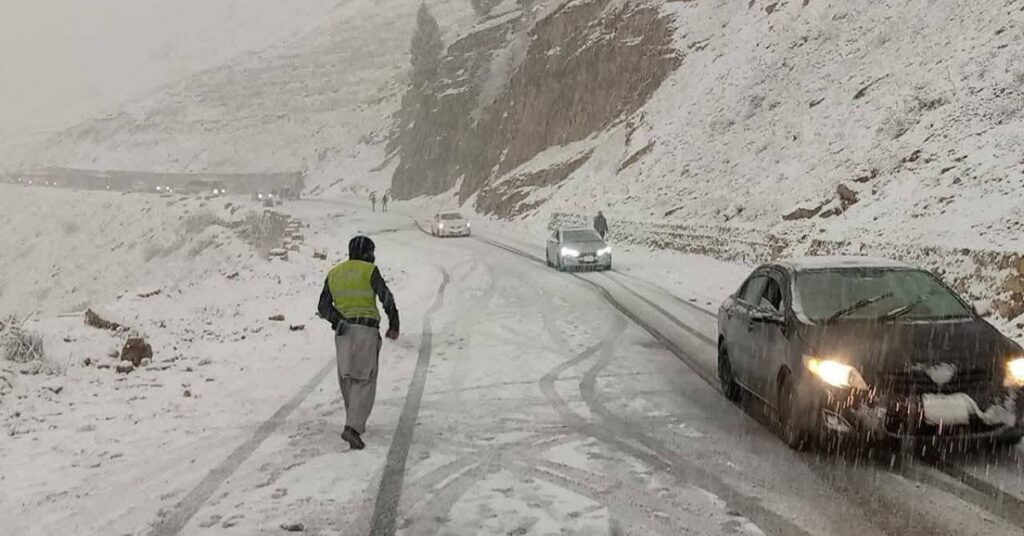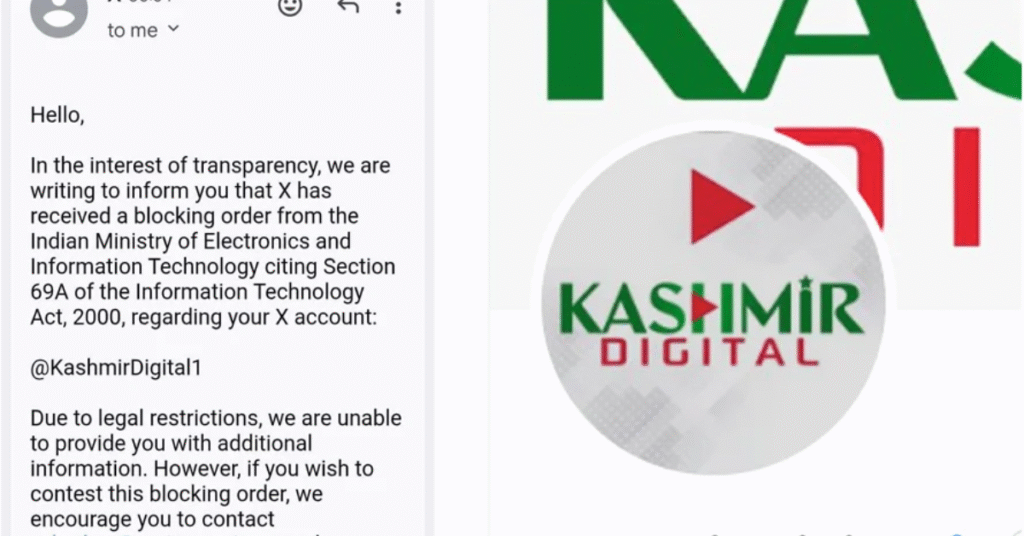By: Zulfiqar Ali (Kashmir Investigation Team)
MUZAFFARABAD: The government of Pakistan has released a development grant of Rs 9.61 billion to Azad Kashmir, which was approved by the President of Pakistan on August 22. This amount has been provided in the form of block allocation for the first and second quarters of the financial year 2025-26.
According to a letter issued by the Ministry of Finance, these funds will be spent only on projects that have already been approved for the financial year 2025-26.
The government of Pakistan will provide a total of Rs 31 billion in development grants to Azad Kashmir during the current financial year.
The government of Azad Kashmir has allocated Rs 49 billion for development expenditure in its budget, of which Rs 31 billion is a development grant from Pakistan and Rs 2 billion is foreign aid. The AJK govt has claimed that it will spend Rs 17 billion from Azad Kashmir’s own expected income.
However, this Rs 17 billion was not actually allocated in the budget. The government has shown Rs 261 billion in revenue and the same amount in non-development expenditure in its budget, which does not include Rs 17 billion for the development budget.
The AJK govt has shown a total budget of Rs 310 billion, which includes Rs 261 billion in non-development and Rs 49 billion in development expenditure.
But since Rs 17 billion out of this Rs 49 billion is only a verbal claim and is not a formal part of the budget, the actual development budget is Rs 33 billion, and the total budget is Rs 293 billion. No explanation is being provided by the authorities for this discrepancy, which raises serious questions about transparency.
Several analysts in Azad Kashmir are also raising the question that the development grants provided by Pakistan are not only being misused but also involve large-scale corruption. They say that instead of block allocation, the Pakistani government should obtain details of every project from Muzaffarabad, approve it, and then release the money, and also monitor each project itself.
It should be noted that on April 20, 2023, a coalition government headed by Anwarul Haq was formed in Azad Kashmir. Since then, the Pakistani government has given development grants of about Rs 74 billion to the Azad Kashmir government, of which Rs 30 billion was spent on roads alone during the financial years 2023-24 and 2024-25.
This money was spent through the Department of Communications, and most of them were on link roads, but there is no significant impact of this expenditure on the ground.
Since 2005 alone, Pakistan has given development grants of about Rs 350 billion to Azad Kashmir. Out of this, Rs 5 billion was spent on Kashmiri refugees living in Pakistan, Rs 40 million was spent on refugees who have been living in 20 camps in Azad Kashmir for the last 36 years, while Rs 344.96 billion was spent in Azad Kashmir.
However, most of this money was spent in the three districts that were not affected by the 2005 earthquake. But to date, no state-of-the-art road, school, college, or hospital has been built there.
The question is, where was this money spent, and on which projects? Because these projects do not exist on the ground. More than Rs 100 billion was spent on roads alone. But its impact is not visible on the ground.
In May 2024, the Secretary of the Ministry of Finance of Pakistan said in a statement that he had repeatedly demanded from the government of Azad Kashmir to tell him on which projects the grants given by Pakistan were spent and which important projects were completed, but the Azad Kashmir government has not provided any details to date.
It is a common perception that there has been widespread corruption in the grants given by Pakistan to the government of Azad Kashmir, and a large part of this money was allegedly transferred abroad through money laundering.
Analysts say that if Azad Kashmir is divided into two parts and a comparative analysis is made, it will be easy to estimate the brutality of corruption committed by the political and administrative elite of this region.
According to them, the districts of Muzaffarabad, Hattian Bala, Bagh, Haveli, Sudhanoti, and Rawalakot were severely affected in the 2005 earthquake. The international community, under the guidance of Pakistan, started a large-scale reconstruction process in these areas.
According to analysts and government documents, about Rs 200 billion has been spent in these affected areas so far. With this money, hundreds of schools, colleges, universities, hospitals, primary health centers, three district headquarters, government buildings, roads, and bridges were built, which are clearly visible on the ground.
Similarly, after the 2014 floods, the Pakistani government built 10 roads and one bridge in the southern districts — Bagh, Rawalakot, Haveli, Sudhanoti, and Kotli — which are still visible on the ground. These projects were completed with a loan from the Asian Development Bank (ADB), which cost about $68 million, and the Pakistani government is repaying this loan.
After the floods, a loan of about Rs 6 billion was obtained from the Islamic Development Bank, which was used to build 300 schools, which are practically visible. Similarly, the World Bank also spent about Rs 4 billion in Azad Kashmir after the floods.
Apart from this, the Pakistani government has constructed two medical colleges in Muzaffarabad and Mirpur, a legislative assembly building, the under-construction Kutton hydroelectric power plant, Muzaffarabad-Chakothi, Muzaffarabad-Neelum Valley, Muzaffarabad-Kohala, and Kohala-Rawalakot bridges under the Public Sector Development Program (PSDP).
Similarly, ten billion rupees are being spent on the Rathoa Haryam bridge. Now the Pakistani government is also building Daanish schools in the state.
Analysts say that a total of about 250 billion rupees were spent on reconstruction in earthquake-affected areas, construction of roads and schools after floods, and projects under PSDP, and all these projects are present and visible on the ground.
On the contrary, analysts raise the question of where and how the separate grant of 350 billion rupees provided by Pakistan to the governments of Azad Kashmir was spent.
According to them, despite this huge amount, no major or noteworthy project is visible on the ground, which is proof of how deep-rooted corruption has become in Azad Kashmir.
There is a general demand in Azad Kashmir that the Pakistani government should conduct a transparent investigation into this corruption, as the principal accounting authority for these development funds is the Pakistani government itself.
The public demands that the Pakistani government ensure strict action against the political and administrative elite involved in this matter. Locals also say that the political and administrative elites of Azad Kashmir protect each other, so no self-accountability can be expected from them.




